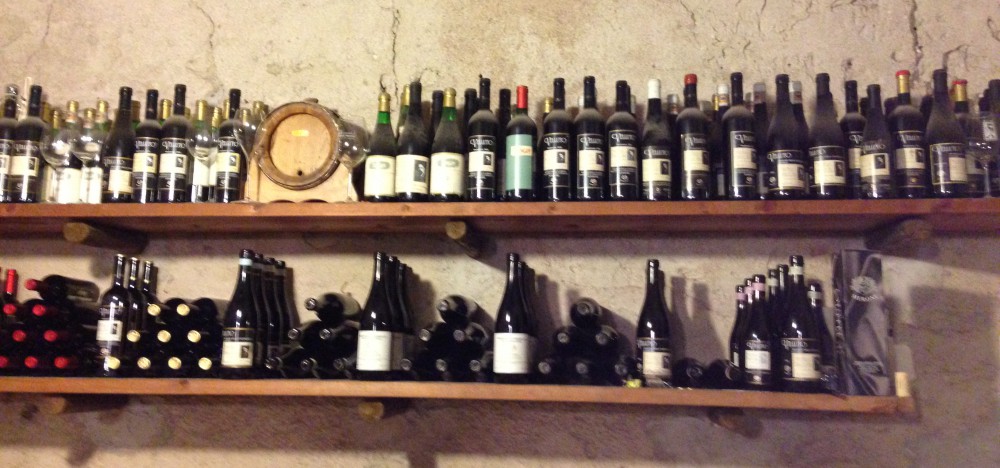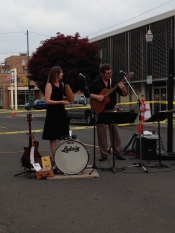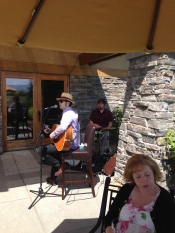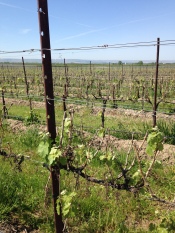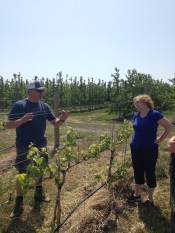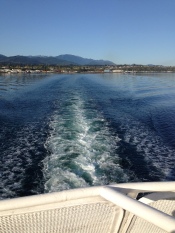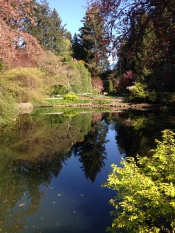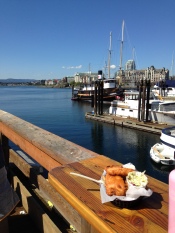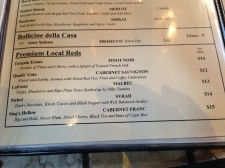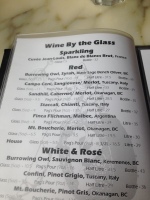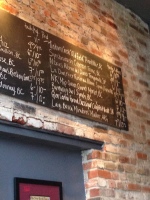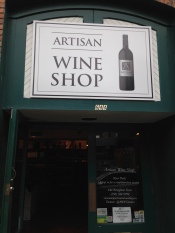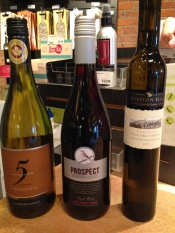Hello Wine Lovers!
Its been much to long since I’ve written a WOW (Word on Wine) story. Life has a way of throwing things at you and before you realize it, a lot of time has gone by. Patti and I just returned from our annual trip to Walla Walla for Spring Release and I wanted to give a shout out to all the wine makers, wineries, staff and volunteers who worked very hard to make this year’s event another tremendous success.
We started our journey visiting wineries in Prosser, then traveled to Walla Walla. In Prosser, the kind folks at Mercer gave us a tour of their facility. They have a well designed production, storage and tasting room facility. On top of that, they have wonderful wines. We favored their riesling and reserve cabernet. Both show nice flavors and aromas and provide a lasting finish. We also visited Gamache, Milbrant and Alexandria Nicole while in Prosser. All worth a visit if you are in the area.
In Walla Walla, we have our favorite “must-visit” wineries, Abeja, Garrison Creek, Grantwood, Northstar, Saviah and Tamarack. The people are friendly, the wines amazing and they often offer food and entertainment. We also like to explore new places and found Si Lei and Henry Earl. Given their friendly atmosphere and yummy wines, these two are going to be on our “must-visit” list. We love the luscious, fruit forward, well balanced wines that can be found in Walla Walla.
So whether you visit during spring release or another time of year, there are plenty of wineries to visit, good restaurants and lots of friendly people.
Mike
